AsenRG
#FuckWotC #PlayNonDnDGames
- Joined
- Apr 28, 2018
- Messages
- 17,509
- Reaction score
- 22,929
Coincidence? It's not certainJames Cook
One of the last great explorers of the Age of Sail, James Cook was a naval captain who gained a reputation as a skilled surveyor from work in Canada and other places. On the merits of this work he was given a mission to explore the South Pacific looking for a theorised Southern continent and to carry a scientific expedition to Tahiti in order to observe the predicted transit of Mercury across the Sun.
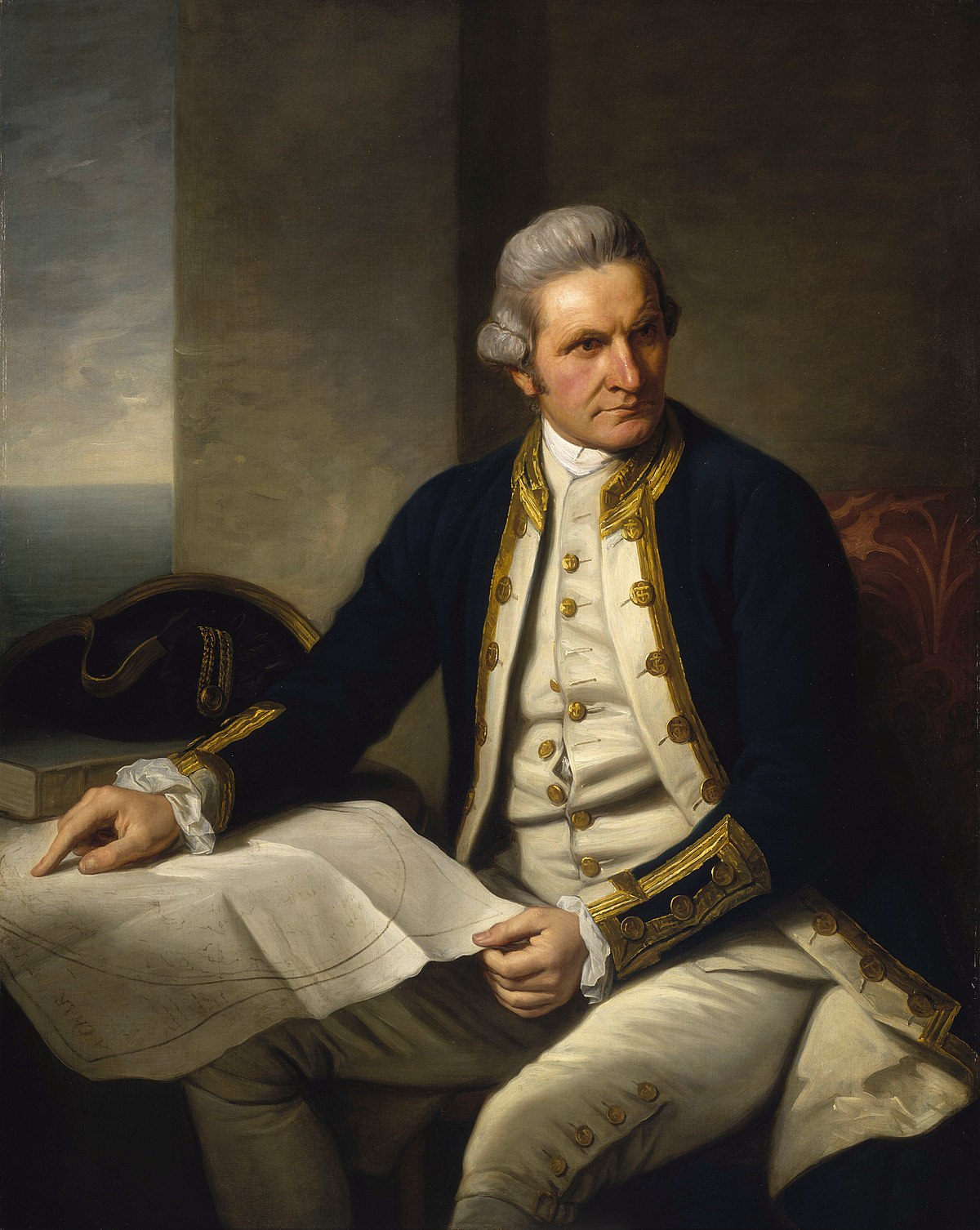
James Cook - Wikipedia
en.wikipedia.org
He is a prominent figure in New Zealand history as he made the first detailed survey of the country and many places still retain the names he gave them in the survey. The expedition also carried out a lot of exploration around Australia and other parts of the pacific. He was also a pioneer in fighting scurvy, after having observed that Germans sailors never got it and starting to pack Sauerkraut in ships stores; he also started the practice of issuing limes to British sailors, from which the colloquial term Limeys ultimately arose. He was ultimately awarded a major gong from the Royal Society for his work on this.
Sadly, he was killed in a fight with the locals in Hawaii on a subsequent expedition. His maps of New Zealand were of such a quality that they were still being used up to the first half of the twentieth century.
James Cook's ship on the first South Pacific expedition was called the Endeavour and the name of the captain and ship bear a distinct resemblance to those in a certain well-known sci-fi franchise. Coincidence? I've never seen anybody write or comment about it, but who knows?
 ?
?Amusingly, he's pretty well-known here, there's been a book published on him and other sea explorers (intended for young adults), as well as a comic in a local zine, which went for a couple dozen issues.
So pretty much all geeks from my generation I've talked with seemed to assume that the Endeavour was an obvious reference to James Cook! The idea that it's not well-known...I don't know, it seems weird
 !
!



 ).
).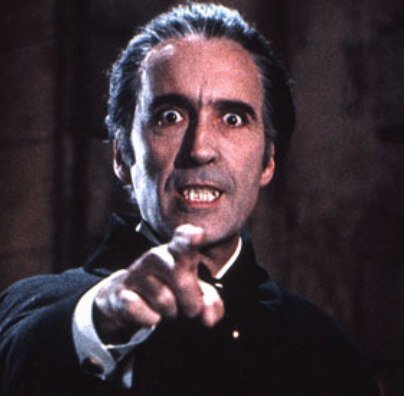
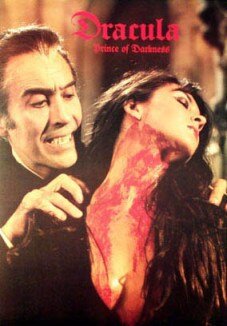

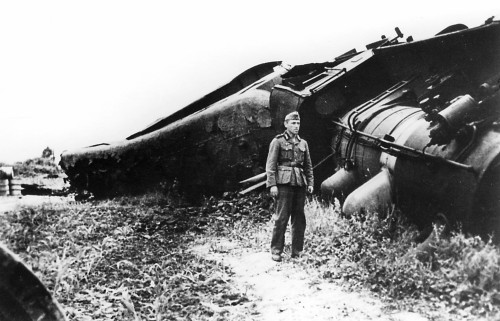
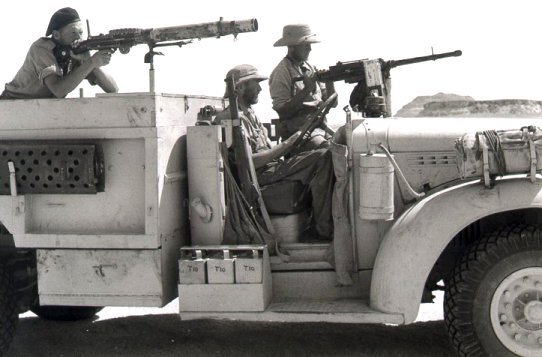

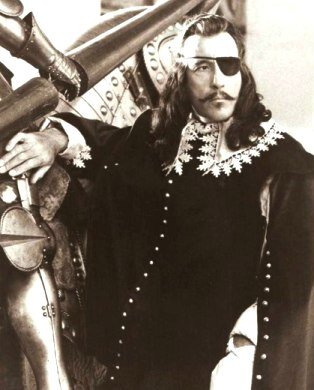
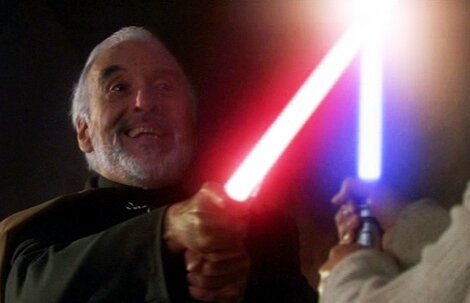
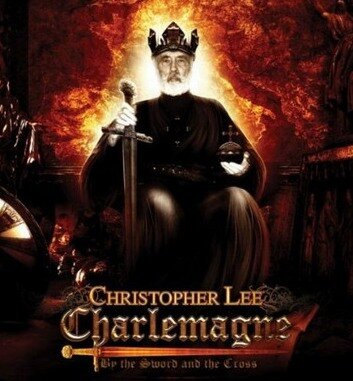

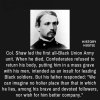
 !
!
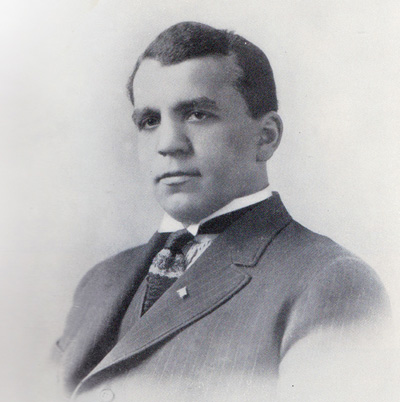
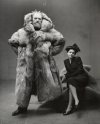

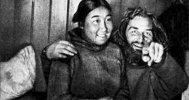
 !
!

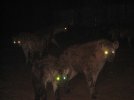


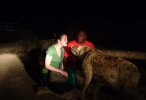


 ?
? !
!